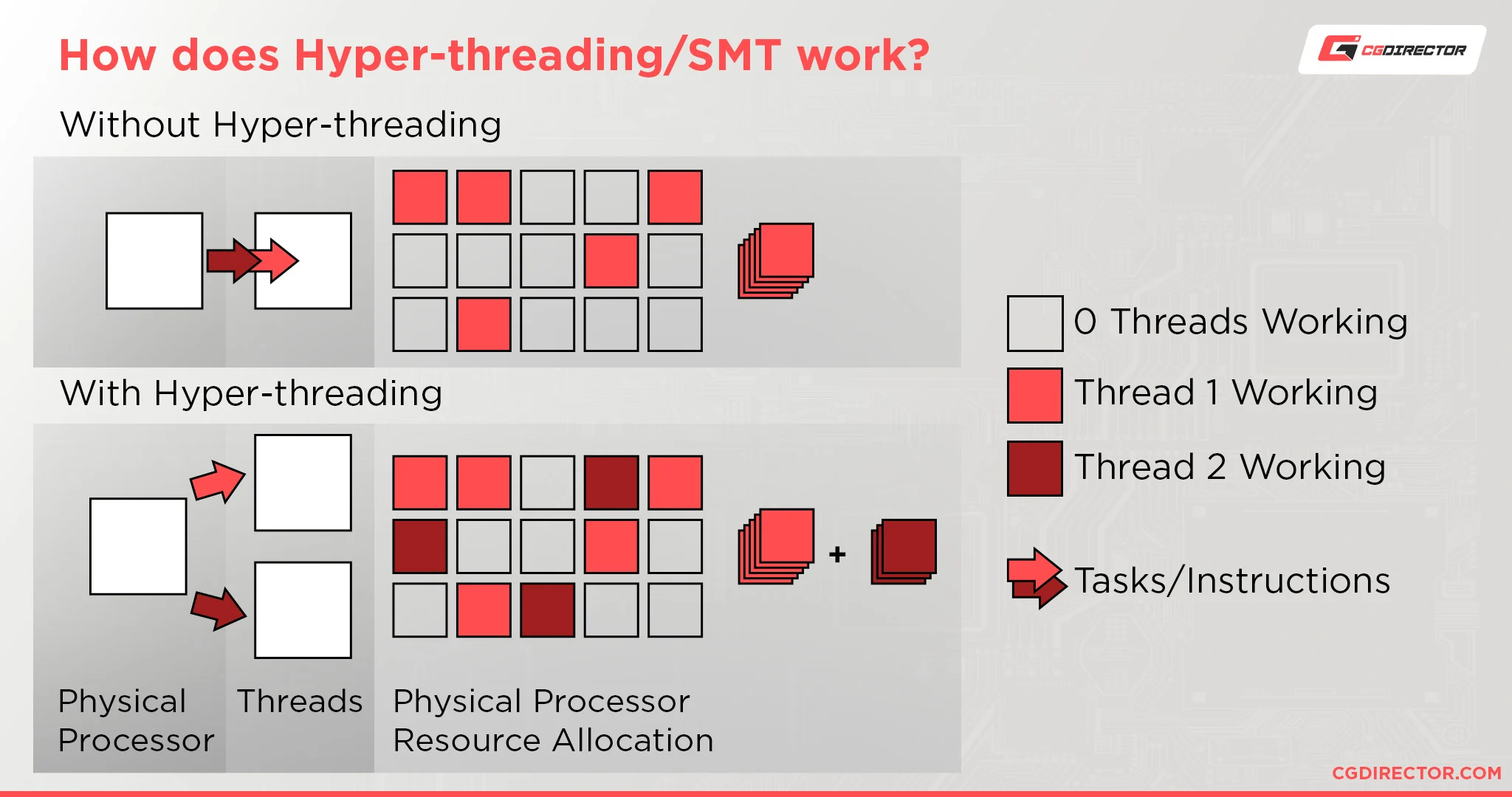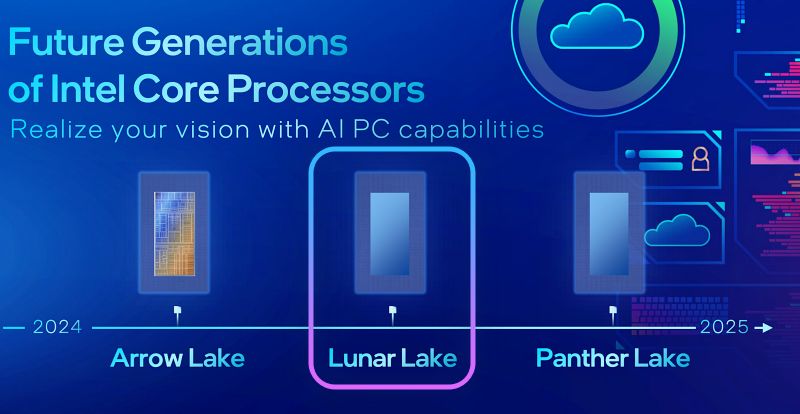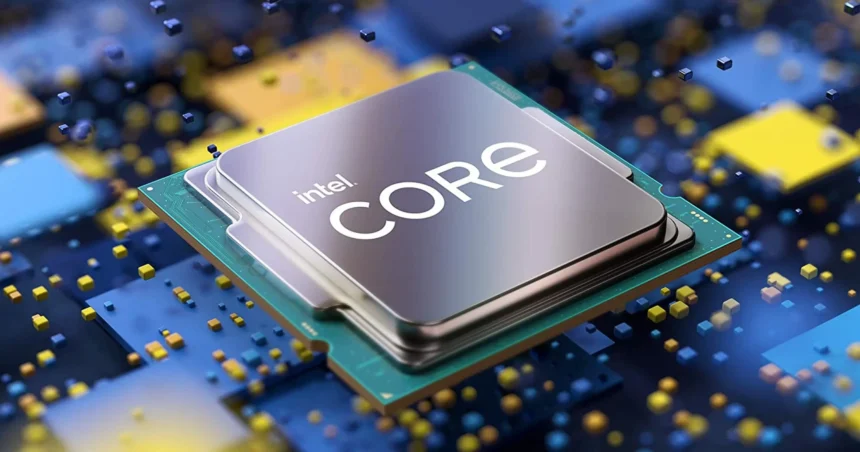Hyper-Threading (HTT) is an Intel technology that lets one CPU core run two threads at once. This improves performance. It debuted in 2002 with the Pentium 4 chips.
But Intel may drop HTT in its upcoming 16th generation Lunar Lake mobile processors, according to a leaked screenshot.
The screenshot shows a Lunar Lake chip with 8 physical and 8 logical cores detected. This suggests Hyper-Threading is not active, at least on this specific chip.
So after 20 years, Intel could be moving away from its signature Hyper-Threading tech in the next generation of laptop CPUs. We’ll have to wait for official details, but the leak hints Lunar Lake models may not use HTT to double thread count like before. This would be a major strategic shift for Intel’s processors.
What is Hyper-Threading, and what is it for?

Hyper-Threading is a technique used in processors to make them appear as if they have more cores than they actually do. This is achieved by efficiently managing instructions and utilizing shared resources. The main purpose of Hyper-Threading is to optimize the processor’s performance by ensuring that it remains busy with tasks, rather than being idle while waiting for instructions to execute.
This technology is particularly beneficial for applications that can be divided into multiple threads, or tasks, that can run simultaneously. Examples of such applications include video editing software, gaming programs, and web servers. Hyper-Threading allows these applications to make better use of the processor’s capabilities and improve overall system performance.
Why does Intel want to get rid of Hyper-Threading?
Intel’s potential decision to eliminate Hyper-Threading from its upcoming processors could indeed be influenced by several factors.
- Competition from AMD: In recent years, AMD has gained market share by offering processors with more cores, higher performance, and lower power consumption compared to Intel’s offerings. AMD’s simultaneous multithreading (SMT) technology, which is similar to Hyper-Threading, has also contributed to its competitive advantage.
- Security Concerns: Hyper-Threading has been the target of security vulnerabilities such as Spectre, Meltdown, and Zombieload. These vulnerabilities have led to security risks and forced Intel to release patches that may have impacted processor performance.

- Innovation: Intel may be exploring new technologies to improve processor performance without relying solely on multithreading. For example, Intel could be considering adopting architectures like Big. Little, which combines high-performance cores with low-power cores to optimize performance based on workload demands.
Considering these factors, Intel may be evaluating the trade-offs between performance, security, and innovation in deciding the future of Hyper-Threading in its processors.
The potential discontinuation of Hyper-Threading by Intel marks a significant shift in processor technology and strategy. Hyper-Threading has indeed been a hallmark feature of Intel processors, enabling improved performance and efficiency by leveraging parallel processing capabilities.





